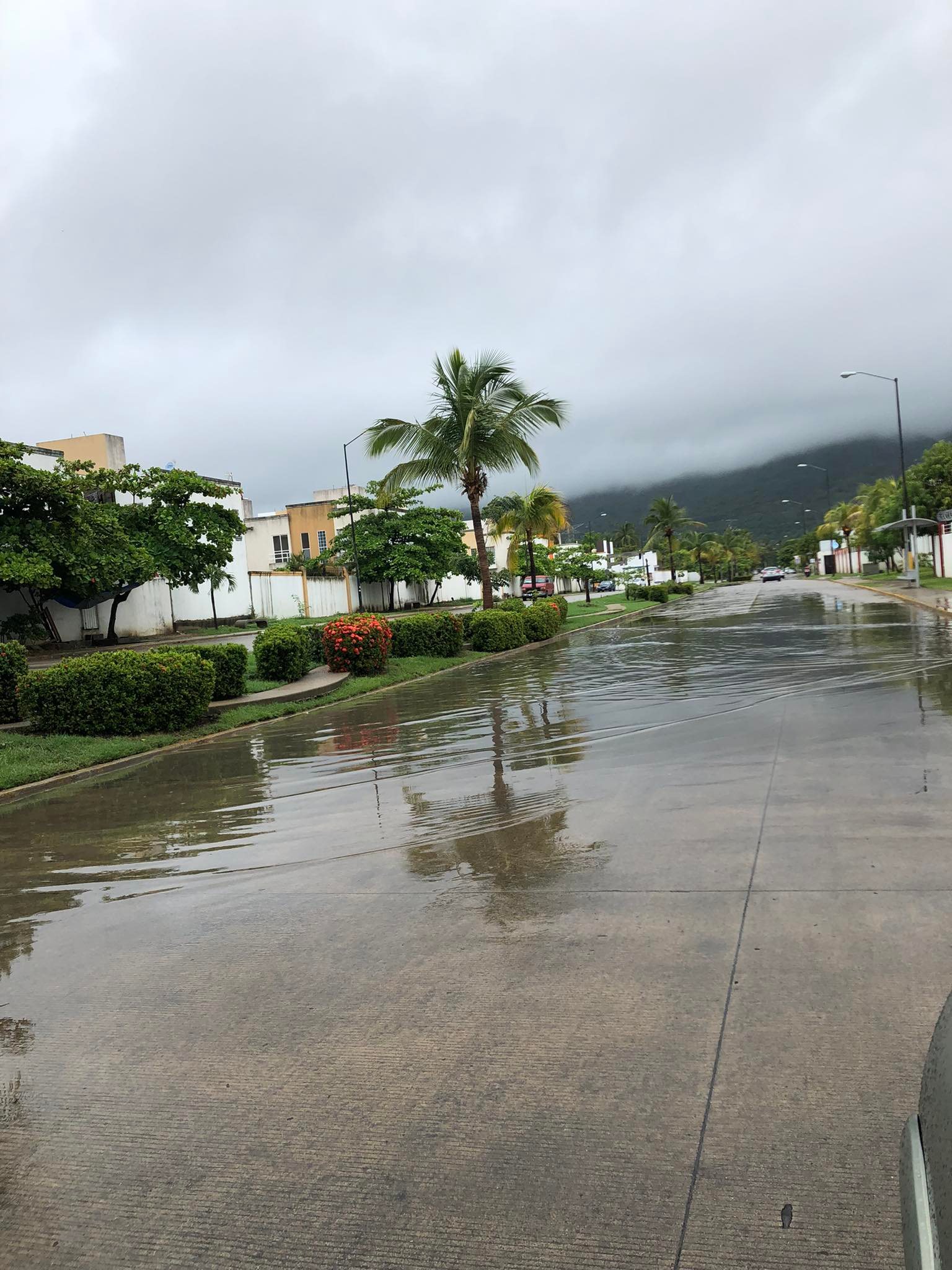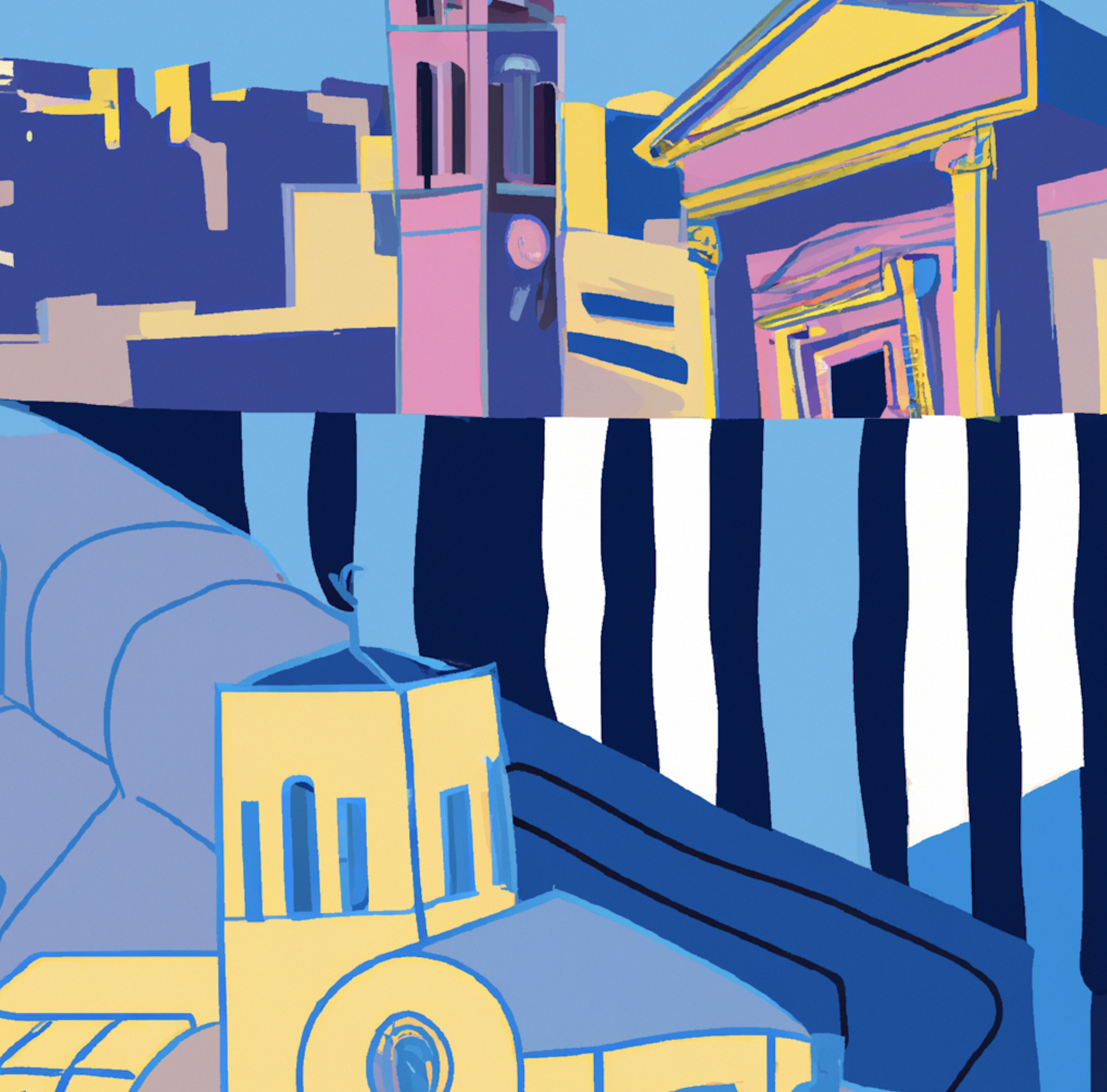by liliana leyva diaz
coeditors:
-dr. ulises moreno tabarez;
-dra. dulce maría quintero romero;
-dr. Héctor Becerril;
-dra. rocio lopez velasco
there is distress among young people and new families trying to find a decent living space, acquire property, or simply become independent and improve their quality of life. However, I have also observed an increase in housing alternatives, such as horizontal housing developments in Mexico and Latin America, which have become more common. In my experience living in this type of subdivision, I have noticed problems related to their geographical location, such as inefficient basic services, difficult accessibility, abandonment and degradation of space, and a growing human individualism.
Context
The New Urban Agenda has included in its objectives ensuring access for all people to adequate, affordable housing with basic services and improving slums (UN-Habitat). The municipality of Acapulco de Juárez, located in the state of Guerrero, one of the country’s underdeveloped states, comprises eight sectors classified as urban. The Cayaco-Llano Largo sector is one of them and is identified by being in a peri-urban area, bordering the city limits, and marked by the construction of social housing. This housing model has grown over time, along with urban and social development, leading to a series of inevitable consequences affecting the inhabitants of these developments.
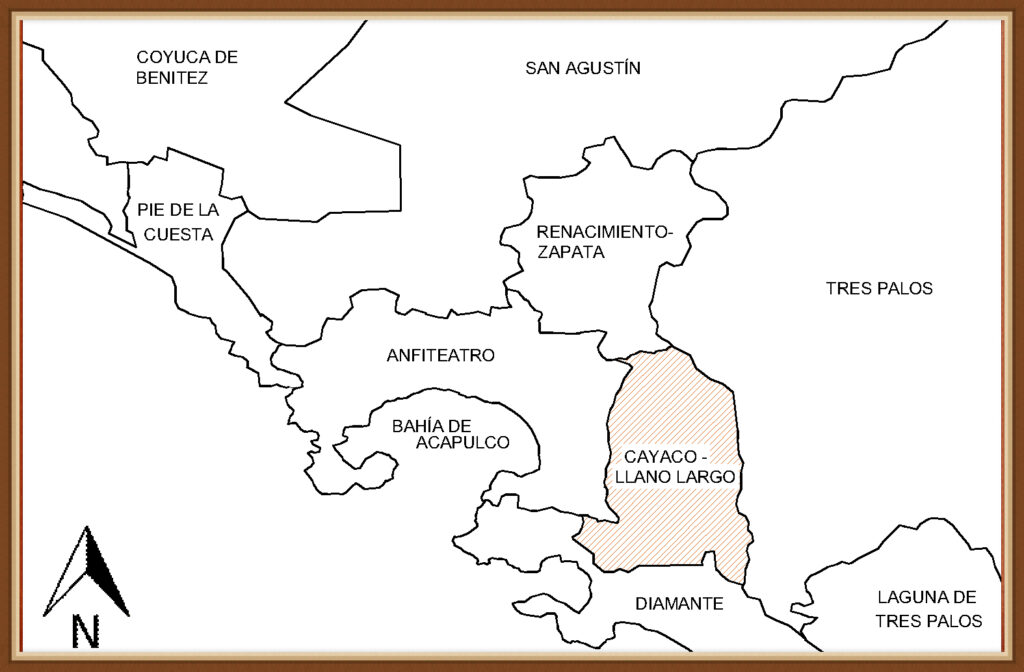
In 2011, the construction of the Real del Palmar subdivision began, located in the Cayaco-Llano Largo sector, where I decided to live and research for my project. Its geographical and urban characteristics have generated problems such as inefficiency in basic services, lack of neighborhood organization, and difficult accessibility, which led me to identify it as a housing development with improvement potential, according to social housing policies in Mexico. As this housing model grows, urban and social development also progresses, bringing with it inevitable consequences that affect the lives of its inhabitants, which becomes evident in the daily lives of those who coexist in these spaces.
Plan of Action
My main goal is to design strategies for neighborhood improvement in the Real del Palmar subdivision using a participatory and sustainable approach, involving the community in the entire process. I structured this project in three stages: (1) pre-diagnosis, (2) diagnosis, and (3) planning.
Process and Findings
During the pre-diagnosis, I analyzed the territory at the macro (municipality), meso (Cayaco-Llano Largo sector), and micro (subdivision) levels, focusing on aspects such as the urban system, services, equipment, and vulnerability to risks. This analysis allowed me to understand urban growth and detect key points related to housing development, as well as present verified information to residents about their environment.
Parallel to the characterization work, I connected with the neighborhood committee and the inhabitants of the Real del Palmar subdivision. As a tactic to create and strengthen ties, I organized a series of workshops with children at a newly founded primary school within the subdivision.
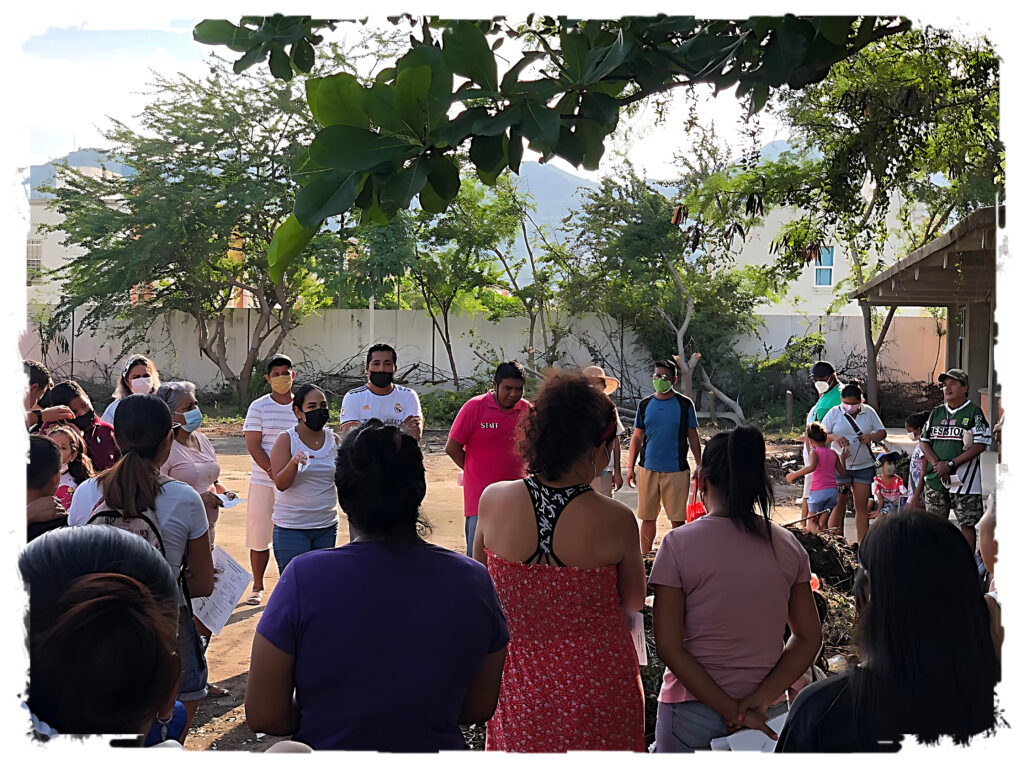
Throughout the workshops, the children on the housing theme identified that they spend most of their time inside their homes due to a lack of spaces for recreation and areas to play and laugh outside their homes.
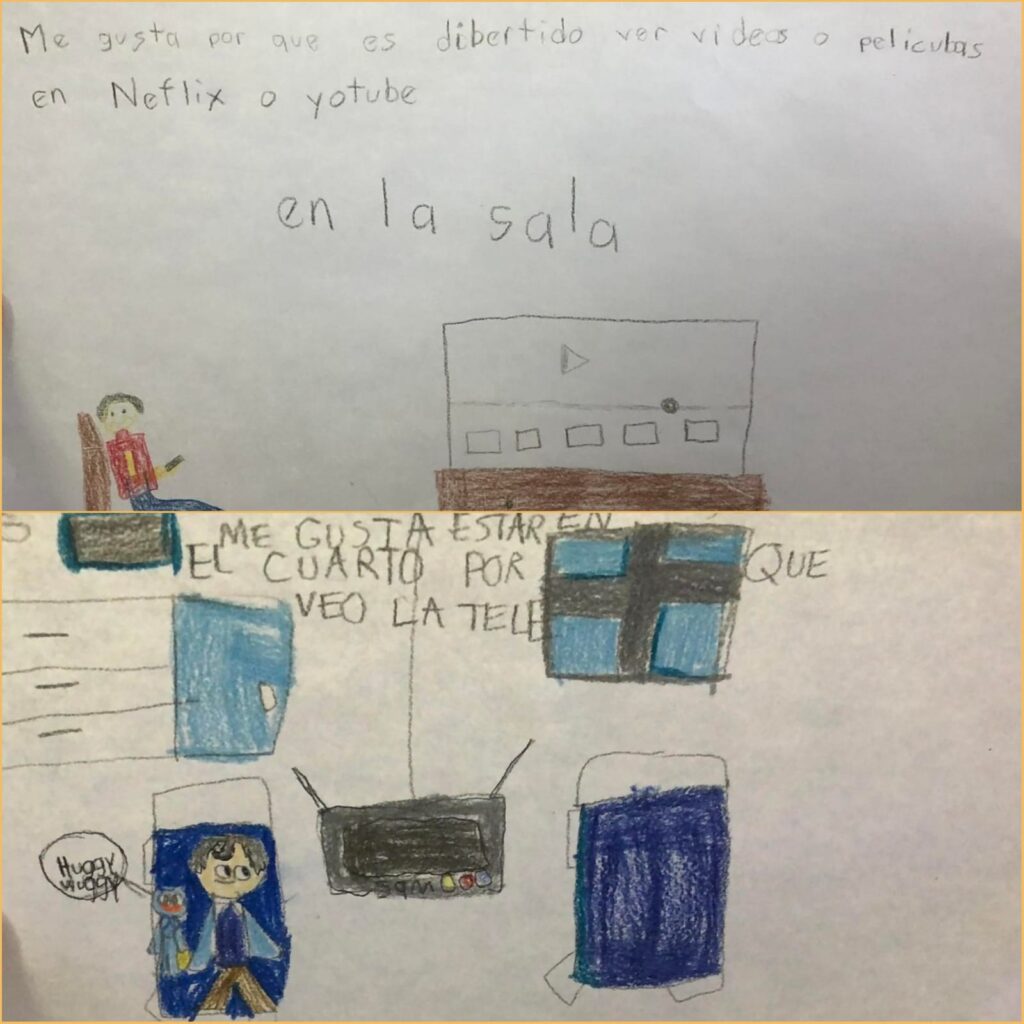
Regarding the “Subdivision” theme, together with the children and parents, we analyzed the subdivision’s history and realized the differences in the increasing number of houses and equipment in recent months and years. We also carried out an activity where we depicted and idealized what the “subdivision of our dreams” would be like. From this activity, it emerged that the ideal subdivision would be one with “more spaces to go out to play, to do sports,” “well-lit streets and roads for safer walking at night,” a place with “more stores” and “more trees since during the day, it is hard to walk or go out because the sun is too strong.”


Based on the characterization, workshops with children, and activities with parents, I identified three major problem groups:
- Public services: lighting
- Equipment and green spaces: recreational spaces and maintenance of green areas
- Coexistence: neighborhood organization and promoting recreational activities
Subsequently, based on this pre-diagnosis, I conducted a diagnostic workshop where I presented the problems identified in the previous stage and, together with the participants, explored their causes and consequences. In the first topic of public services, lighting was the most mentioned service as inefficient, with lack of maintenance and poor administration being the main causes. As consequences, insecurity and lonely streets were identified, due to dark streets at night. Another problem affecting many is that basic services are costly; it was concluded that the garbage collection and potable water services being somewhat more expensive than normal is because the subdivision is not municipalized and certain “preferential agreements” with external companies exist, resulting in the insufficiency of these services and the abandonment of homes for not being able to maintain a household here.

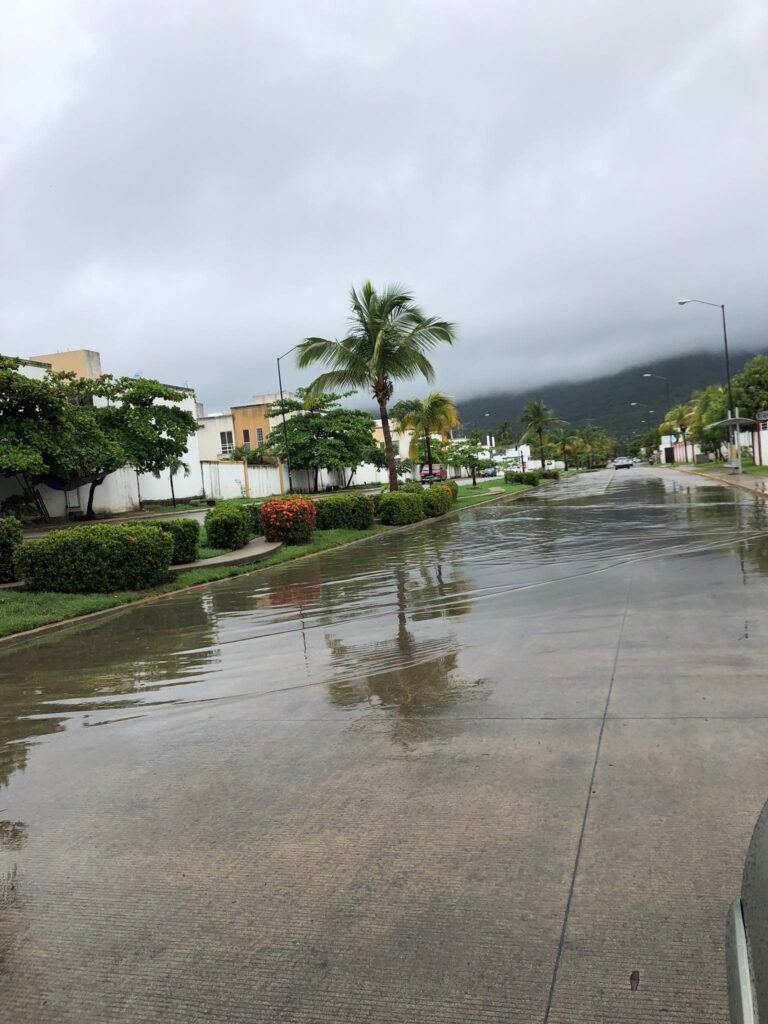
Regarding equipment, collective spaces, and maintenance, these present problems mostly caused by planning focused primarily on temporary residents and the lack of more areas designated for recreational spaces for local inhabitants. On the other hand, the maintenance of green areas has been affected by the lack of irrigation and invasion by businesses.
On the social side, all agreed that administrative control is currently one of the most complicated issues, as it is caused by corruption from some local actors and also recognized as being due to the lack of participation from residents, which generates discontent due to misinformation about what is really happening in the subdivision. However, we also added that bad habits and non-compliance with regulations by residents have contributed to this problem.
Similarly, we also included that the lack of social interest is another problem that we, the residents, have and do not accept that this is part of all the discontent experienced and the misinformation we have, and we either do not know or are not interested in what is happening in the place where we live. Finally, we added the lack of traffic education as another problem, as it has caused accidents within our subdivision and insecurity when traveling or simply crossing the street, all due to the lack of responsibility and compliance with basic driving rules, especially within a place where pets go for walks and children play in the streets.
After analyzing the results obtained, we concluded that this set of problems has led us to have a poor quality of life, where there is a need for safe recreational spaces where families can interact, recreate, and move freely within the space in which we live. But, above all, we recognized the responsibility we have as inhabitants to take ownership of the space and to propose solving the current problems with the participation and cooperation of all.

